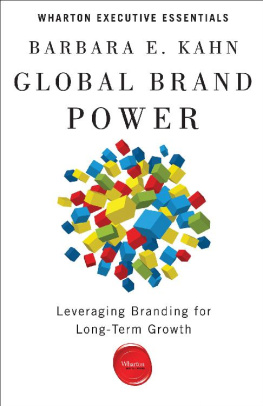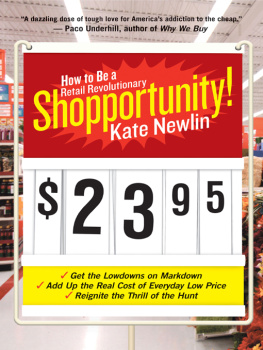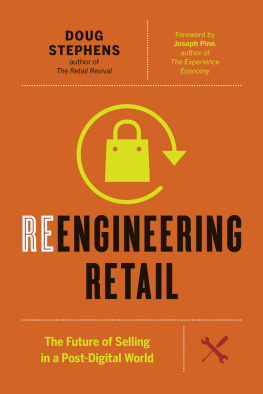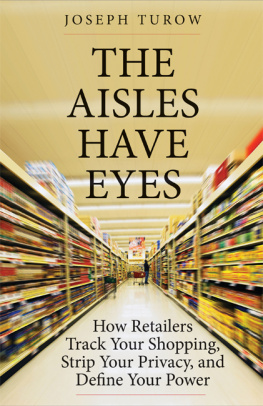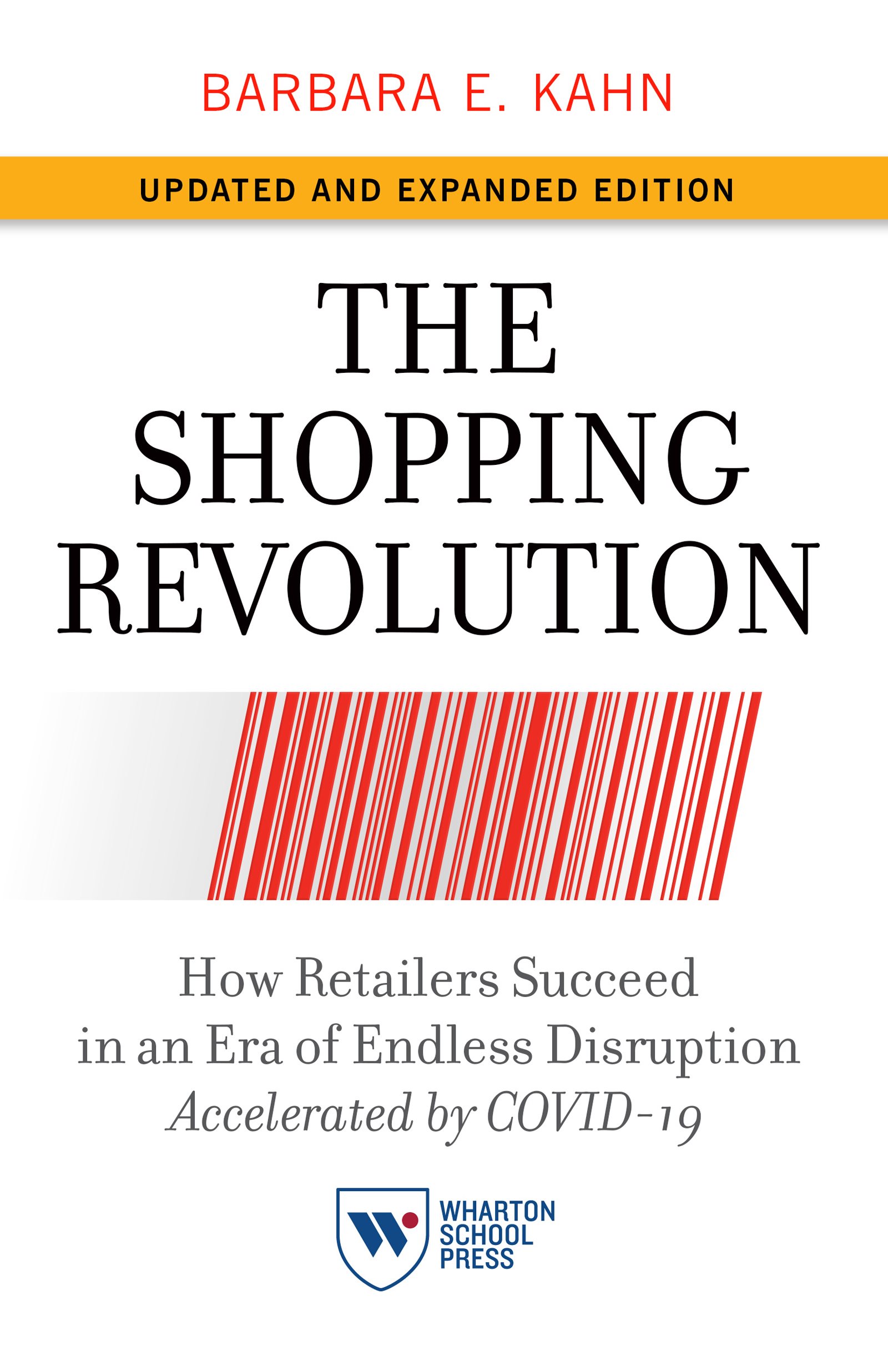2021, 2018 by Barbara E. Kahn
All rights reserved. No part of this book may be reproduced, in any form or by any means, without written permission of the publisher. Company and product names mentioned herein are the trademarks or registered trademarks of their respective owners.
Introduction
How to Compete Successfully in a Retail Apocalypse
Call it an apocalypse. Call it disruption. Call it a revolution.
The year 2017, when I was writing the first edition of this book, was a difficult one for the retailing industry in the United States. More than 8,600 stores closed, the highest number in history. It was even worse in 2019, with more than 9,500 stores closing and predictions that 75,000 stores would close across North America by 2026.
But no one was predicting the disaster of the COVID-19 pandemic. From March to June 2020, most nonessential retail was temporarily shuttered, resulting in the closing of 250,000 stores. More than 15,000 stores closed by the end of 2020 in the United States. Although it is difficult to capture the exact number of retail stores closing globally, COVID-19 certainly has had significant adverse effects worldwide.
Can the retailing industry survive? Most definitely. But there is no question that retail as we know it will need to change in dramatic ways.
Retailers are facing a radically transformed marketplace that poses some significant challenges they will need to overcome if they are going to continue to competeand if they are to avoid the vicious cycle of store closings and bankruptcy.
Although the pandemic was an abrupt disruption to business as usual, mandating a new normal, many changes were long overdue. Analyses showed that the changes in shopping behavior observed during critical periods of COVID-19 were merely an acceleration of 5 to 10 years of behaviors already in progress.
What forces were responsible for this major transformation in retail? I see seven dominant disruptive trends, which accelerated during COVID-19 but started years before. Beginning with the gorilla in the roomthe game-changing dominance of Amazon.
Seven Forces That Are Transforming Retail
There is no singular dynamic at play here. Rather, many different factors have converged to change the face of global retail.
1. The Game-Changing Dominance of Amazon
There is no question Amazon was dominating retail before 2020, but will its dominance be insurmountable after COVID-19? The question is triggering some antitrust investigations. Before COVID-19, Amazon represented nearly 40% of all US online retail sales. In 2020, as a result of the COVID-19 pandemic, including the closing of nonessential physical retailing in the second quarter, net Amazon consumer spending rose between 24% and 33% in the third quarter of 2020 year over year; its advertising business rose 41% year over year; and revenues from Prime memberships were up 29% year over year. This is significant: Although Amazon was the first place to go for online shopping before the pandemic, it was not the first place for online grocery shopping. Amazons growth, accelerated by its response to COVID-19, is not likely to slow down anytime soon.
But this is just the latest strategic win for Amazon. The company has already completely changed consumers expectations about shopping. Beginning in 1997, Amazon introduced 1-Click shopping, which eliminated the need for shoppers to reenter payment information every time they made a purchase. This started a long history of innovation in which Amazon systematically removed the pain points in the shopping process. It introduced free shipping, unconventional return policies, dynamic pricing, and personalized recommendations and reviews.
Amazon also offered the endless aisle, a broad assortment with more than 1 million stock-keeping units (SKUs) available online. It accomplished this by making it easier for small, third-party sellers to sell online through Amazon Marketplace. In 2005, Amazon introduced Amazon Prime, the ultimate loyalty program, which now has tens of millions of members around the world. In 2006, the company launched Amazon Web Services (AWS) to allow small retailers to compete with bigger competitors by providing server capacity. Today, the profitability that comes from AWS, fees from Amazon Marketplace, Amazon Prime, and digital advertising allows Amazon to tighten margins even further in its retail business.
2. Moving from Product-Focused to Customer Retailing in a Customer-Centric Omnichannel World
As consumers first adjusted to the pandemic, they were forced to embrace ecommerce. Thus, people who were already buying online bought more, and people who had never bought online bought for the first time. This shift accelerated the move to ecommerce. In a few short months, ecommerce shopping reached penetration and frequency levels that were not predicted to occur for anywhere from 2 to 10 years, depending on the analysis.
This change in behavior is likely to persist as consumers experience the convenience, safety, and efficiency offered by online channels. Data indicate a 10% higher inclination to purchase online. People will rely more on digital channels for many types of behavior, such as health (telemedicine), fitness (online classes), real estate (virtual tours), and online working arrangements. Trends we had already observed, like streaming entertainment and gaming, will continue to grow. This suggests we will likely see partnerships between retailing and other services that had been difficult to negotiate.
But for consumers, shopping is not really one channel or another; it is an omnichannel experience, which means that consumers expect seamless integration across online, offline, and mobile. For the customer to have a unified experience across all channels and touchpoints, all of the data across platforms have to be connected. And the retailing should be customer-centric, which means a seamless integration across channels should be viewed from the customer perspectivewhich has been called the third channel and can be facilitated through company apps.
3. Massive Data Collection
With seamless integration across channels, it is possible to record scads of customer data. Mining these data through machine learning allows retailers to personalize and customize shopping experiences.
Personalized offerings include individualized deals at the right time, in the right place. Marketing in general is more tailored, and websites morph as a function of past behavior. Even in-store behavior can be individualized, as consumers learn to use in-store apps to get price and product information.
Better use of data can help retailers adapt to trends more quickly and provide better point-of-sale information. Better data also leads to more accurate forecasting, which can help retailers become leaner and more efficient and make logistics more effective.


